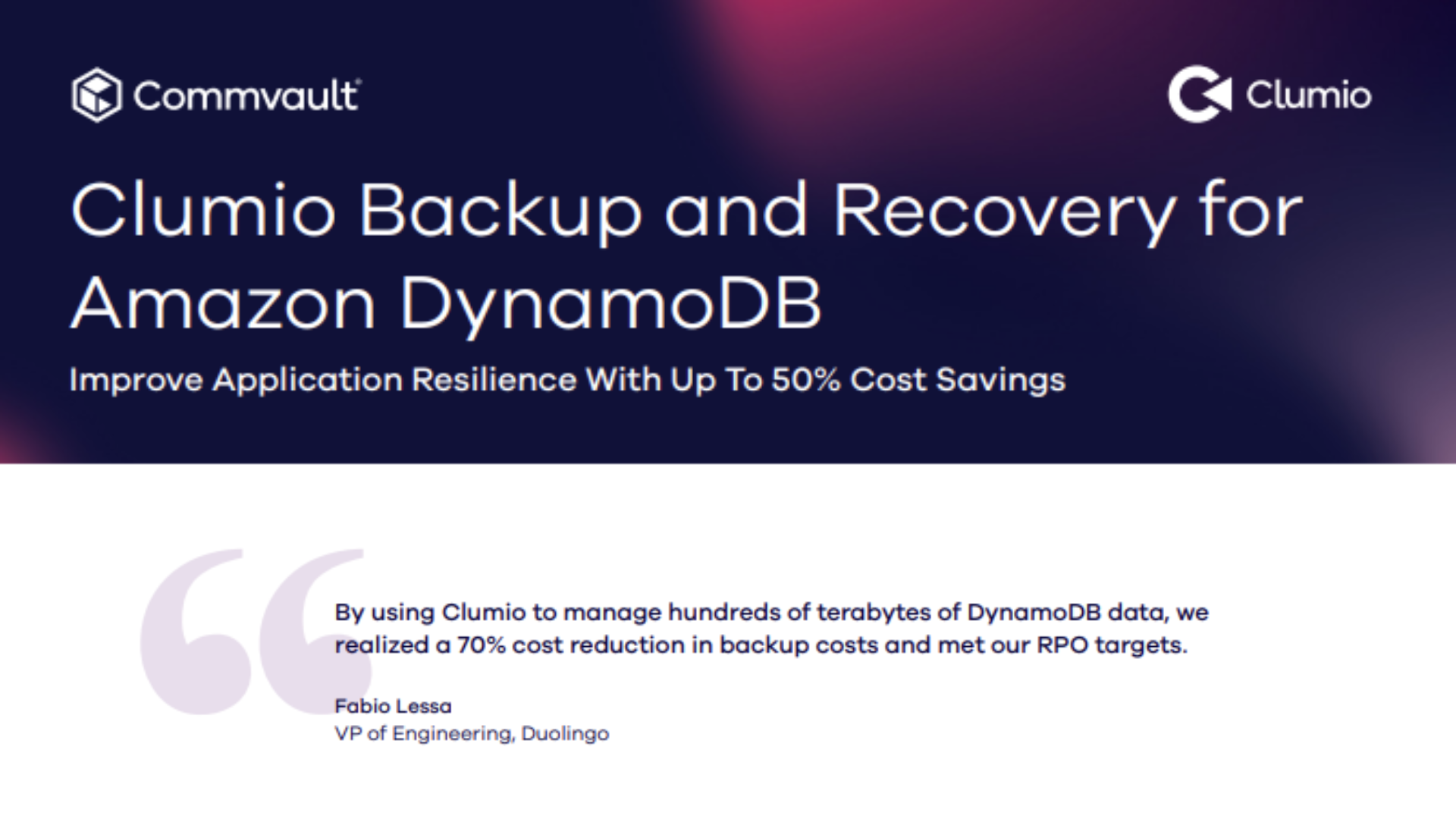The sun's shining, can IT cut energy use?
During the recession, few CIOs worried about sustainability. But it could come back on to the agenda.

It has been a hot week and the temperature could rise further. And IT must shoulder part of the blame.
Globally, IT is a significant user of energy and so, the science suggests, to climate change.
The IT industry is responsible for between two and three per cent of annual, global emissions. This figure puts IT on par with a much more visible and much more often criticised source of pollution: aviation. But so far, IT companies have not been the subject of protests or Climate Camps.
Within IT, the largest single source of energy use, and emissions, is the data centre. Data centres use a full 1.5 per cent of global energy. Most of that energy use comes from the enterprise, or from government.
The challenge for CIOs, then, is to reduce energy consumption and emissions, whilst continuing to provide the technology services that the business demands. The very phrase "keeping the lights on", which is often applied to the day-to-day operations of IT, suggests energy use, if not actual waste.
There are some simple steps that businesses can take to cut energy consumption, especially on the desktop and for portable devices.
Most new smartphones, for example, have chargers that use much less power than older models, especially if they are left plugged in once the device itself has been disconnected. Nokia, for example, has been working on a "zero load" charger, one that uses no power when it is not charging a device, for a number of years. That type of work is an admission that human beings, being human, will not switch things off just because they are using (increasingly expensive) power.
Sign up today and you will receive a free copy of our Future Focus 2025 report - the leading guidance on AI, cybersecurity and other IT challenges as per 700+ senior executives
On the desktop, there are options such as installing software to control when PCs are switched on or off; even the basic Windows energy saving settings are far ahead of where they were in earlier versions of the OS, and they are much less intrusive to users. This is also important because human nature again otherwise users will turn those energy saving settings off.
But making significant inroads into total IT energy use means investing in new equipment and new facilities, such as more energy-efficient data centres. This requires access to capital, and access to capital has been difficult for IT departments over the last few years.
The good news is that during that time, the IT vendors have not been idle. Today's equipment, especially servers and networking equipment, should be significantly more energy efficient than equipment bought five to 10 years ago.
Retiring that equipment today will bring relatively quick cash savings by cutting energy bills, offsetting at least some of the up front costs. HP, for example, claims that its products are now, on average, 50 per cent more energy efficient today than they were in 2009, and the energy use of the vendor's entire portfolio is, at least, 40 per cent more efficient.
The real challenge for CIOs, though, is to widen the discussion into infrastructure and facilities, including data centres. Again, an HP example: the company's EcoPOD is said to use 95 per cent less energy than an older-style datacentre. Less radically, modern building design and data centre efficiency improvements, such as hot and cold containment aisles, better chillers, and "free cooling", using the outside air, will all help.
But, with power bills continuing to rise at a pace, the business case for a data centre upgrade might be easier to make than IT directors might think.
Stephen Pritchard is a contributing editor at IT PRO.
Comments? Questions? You can email him here

